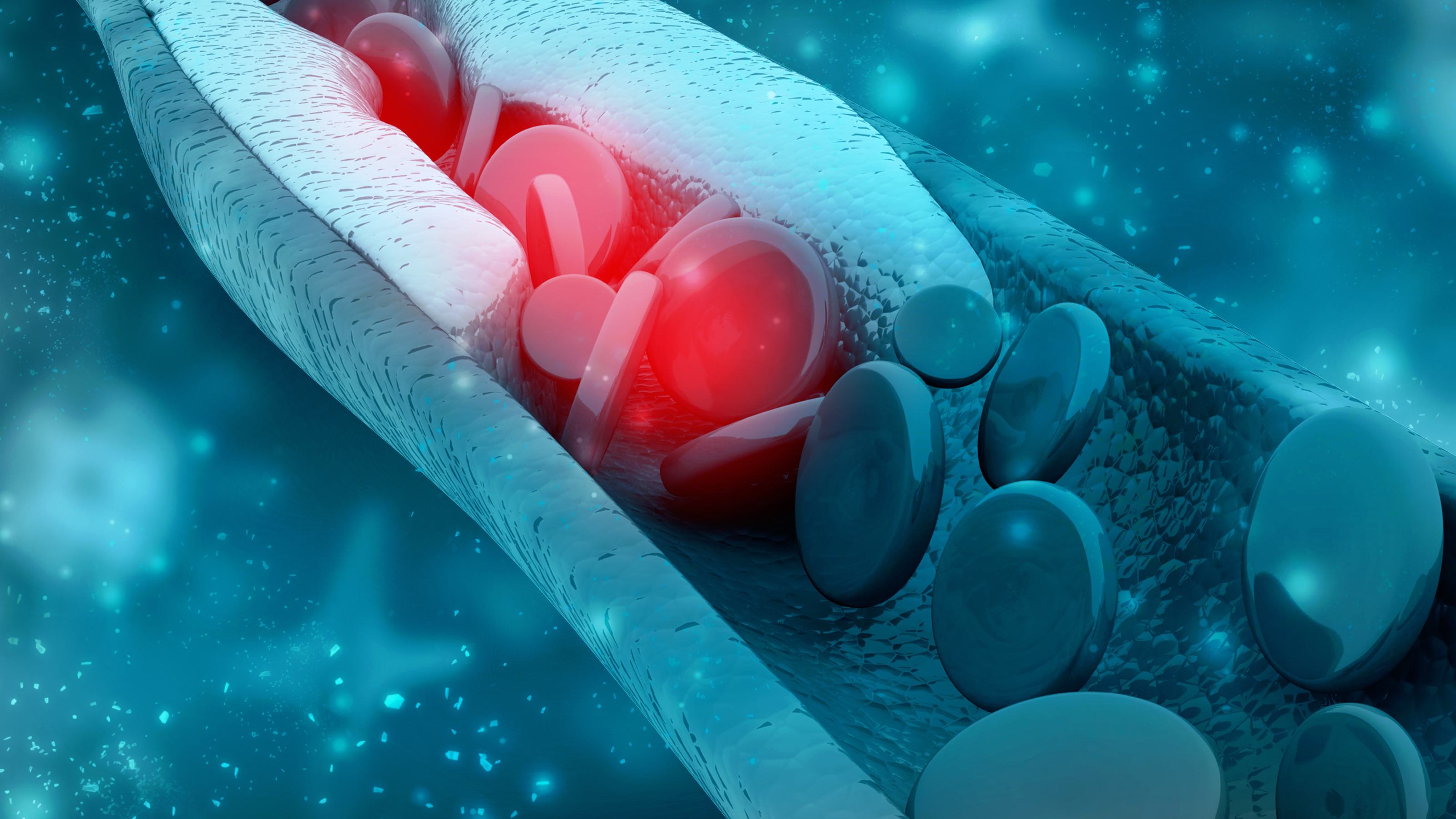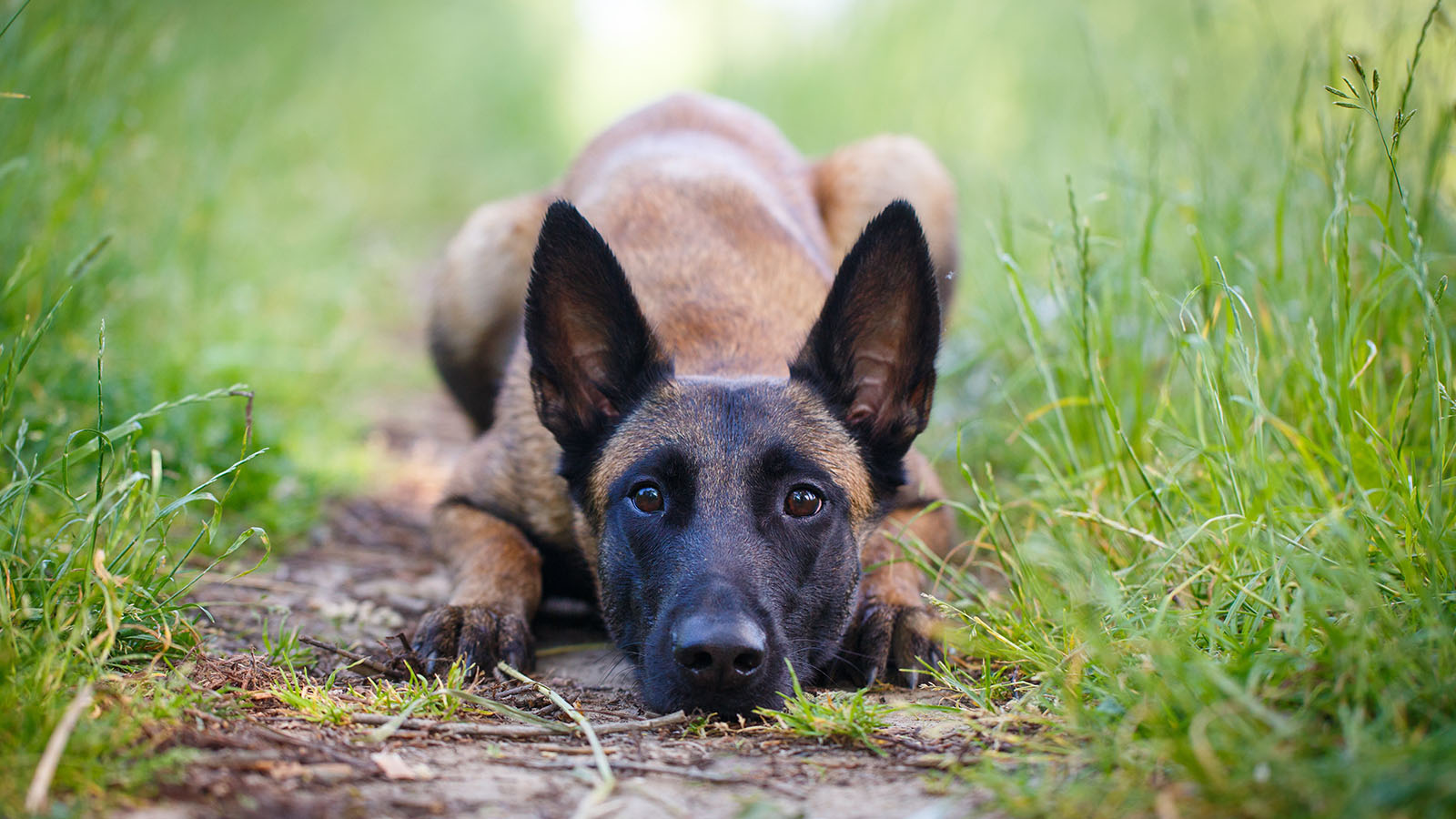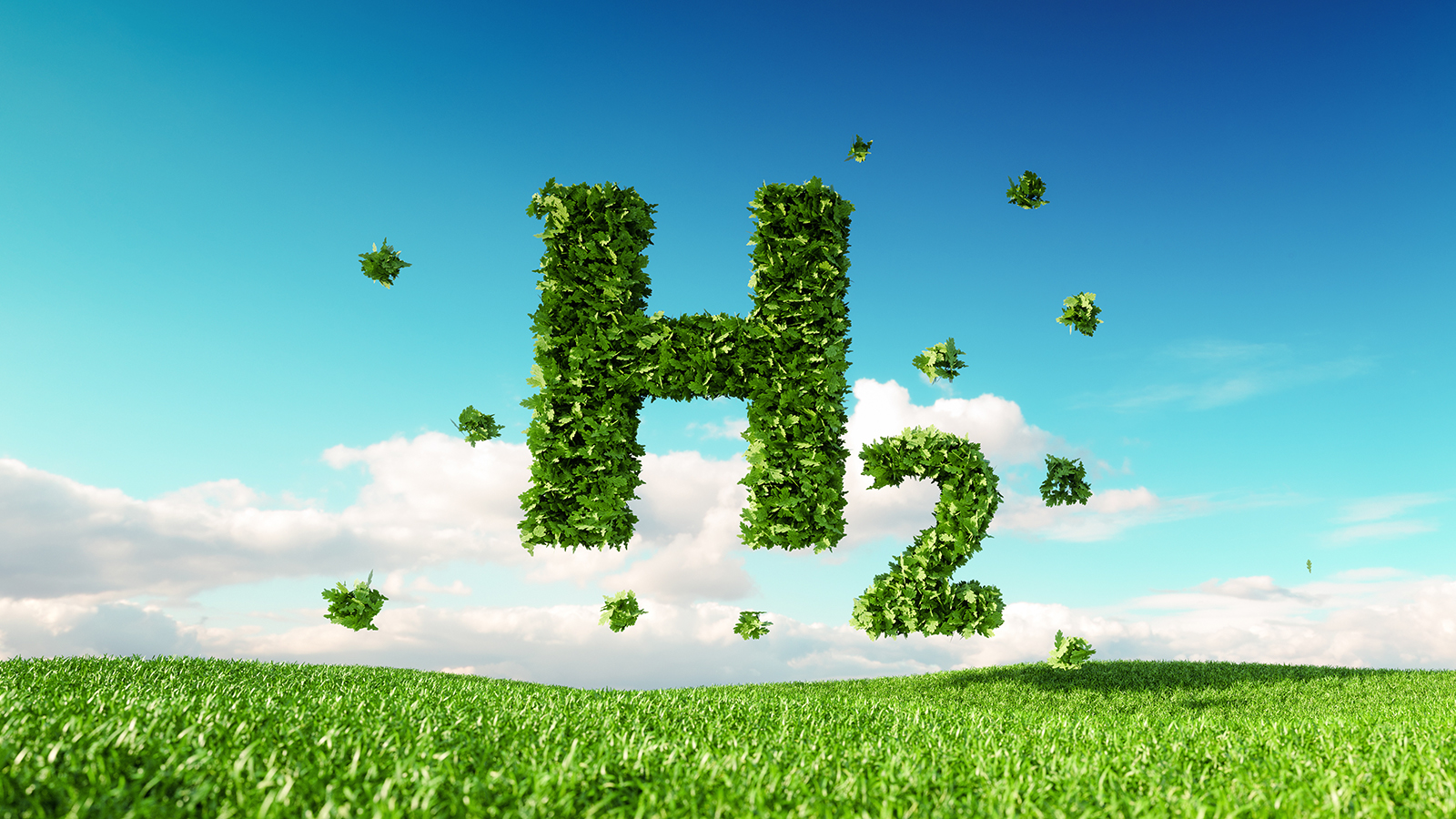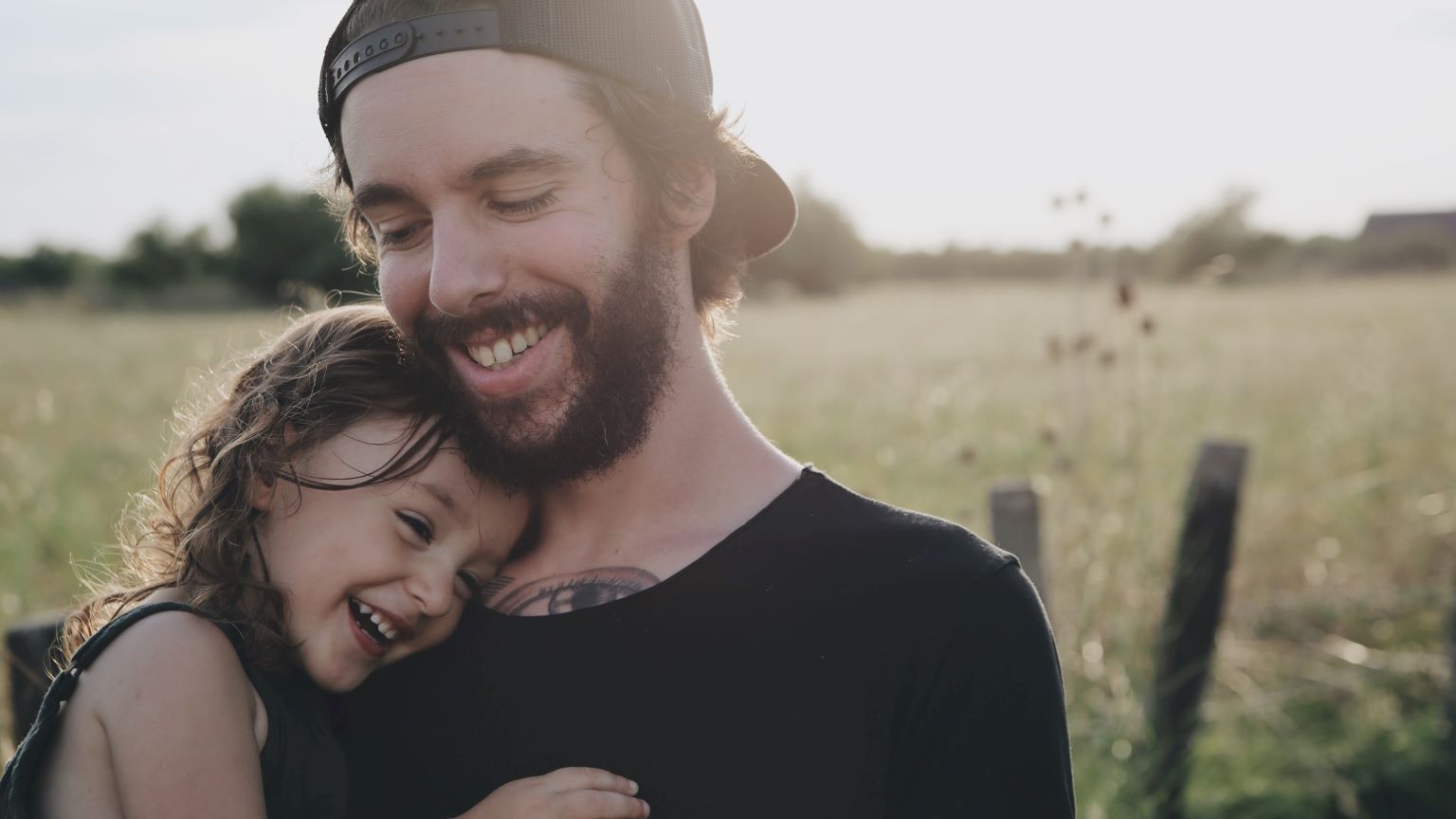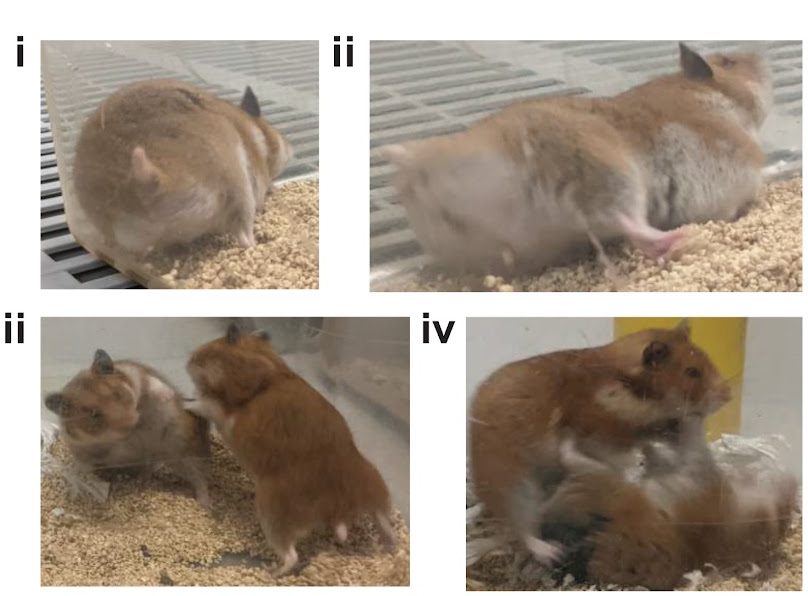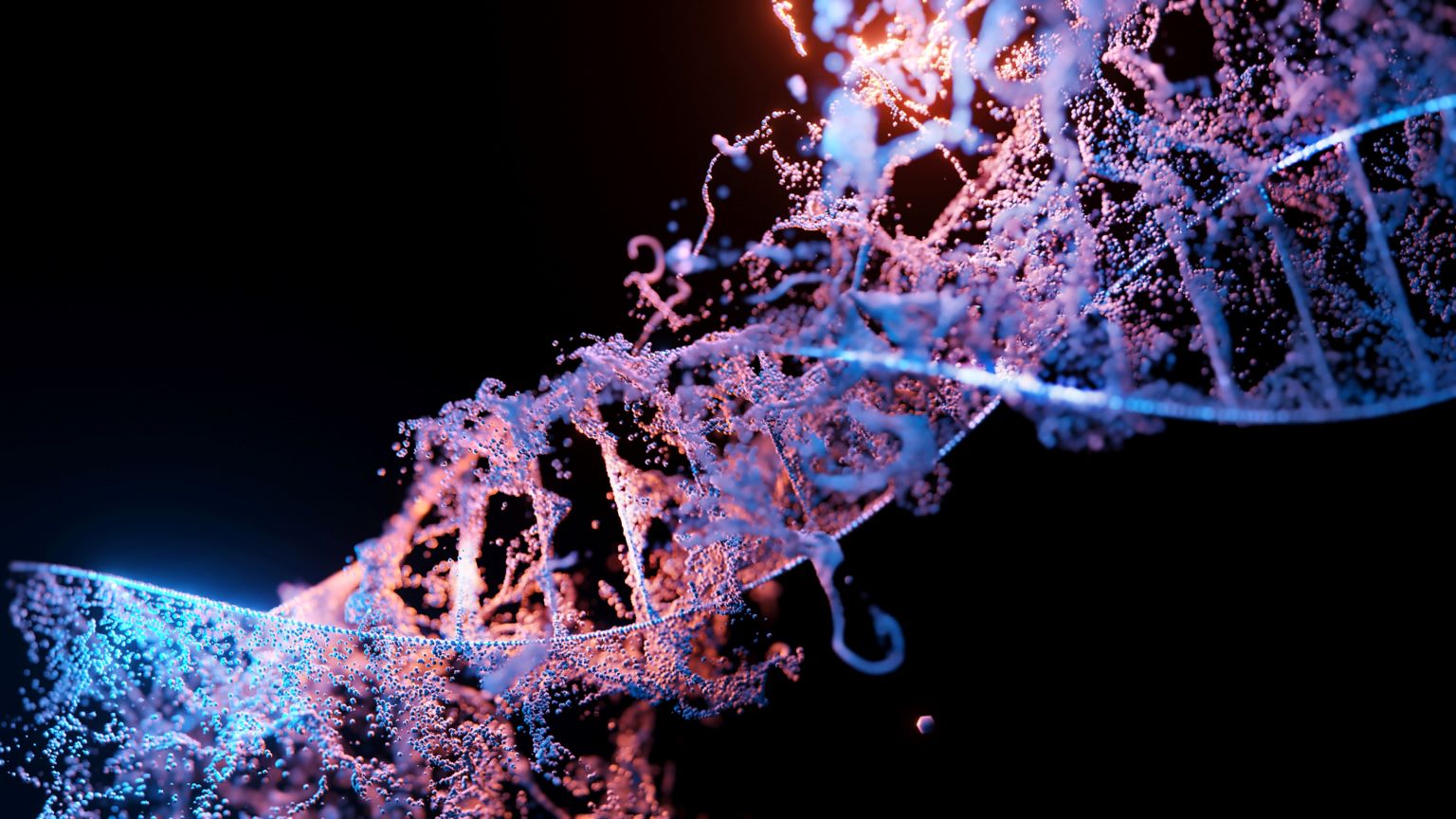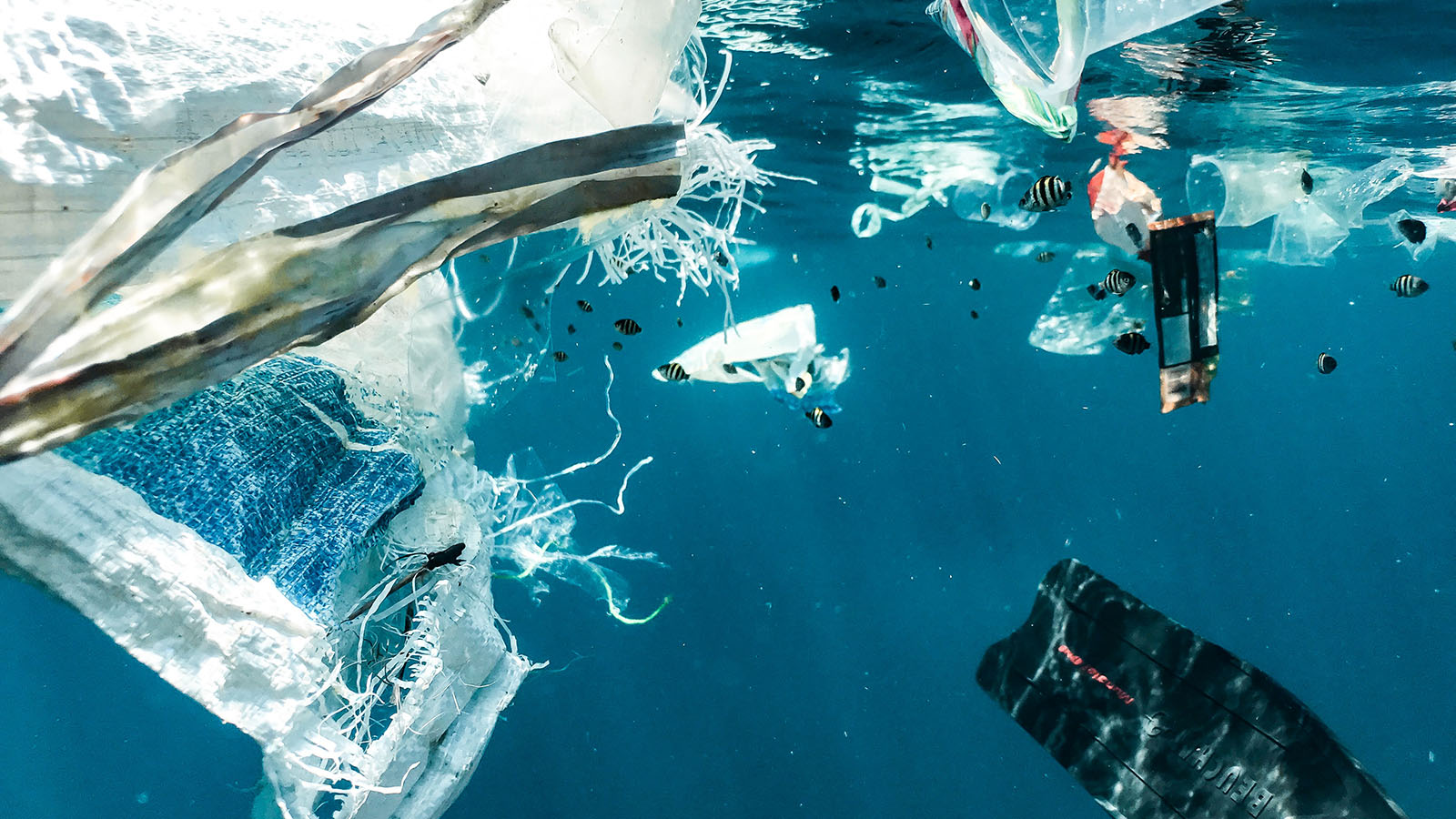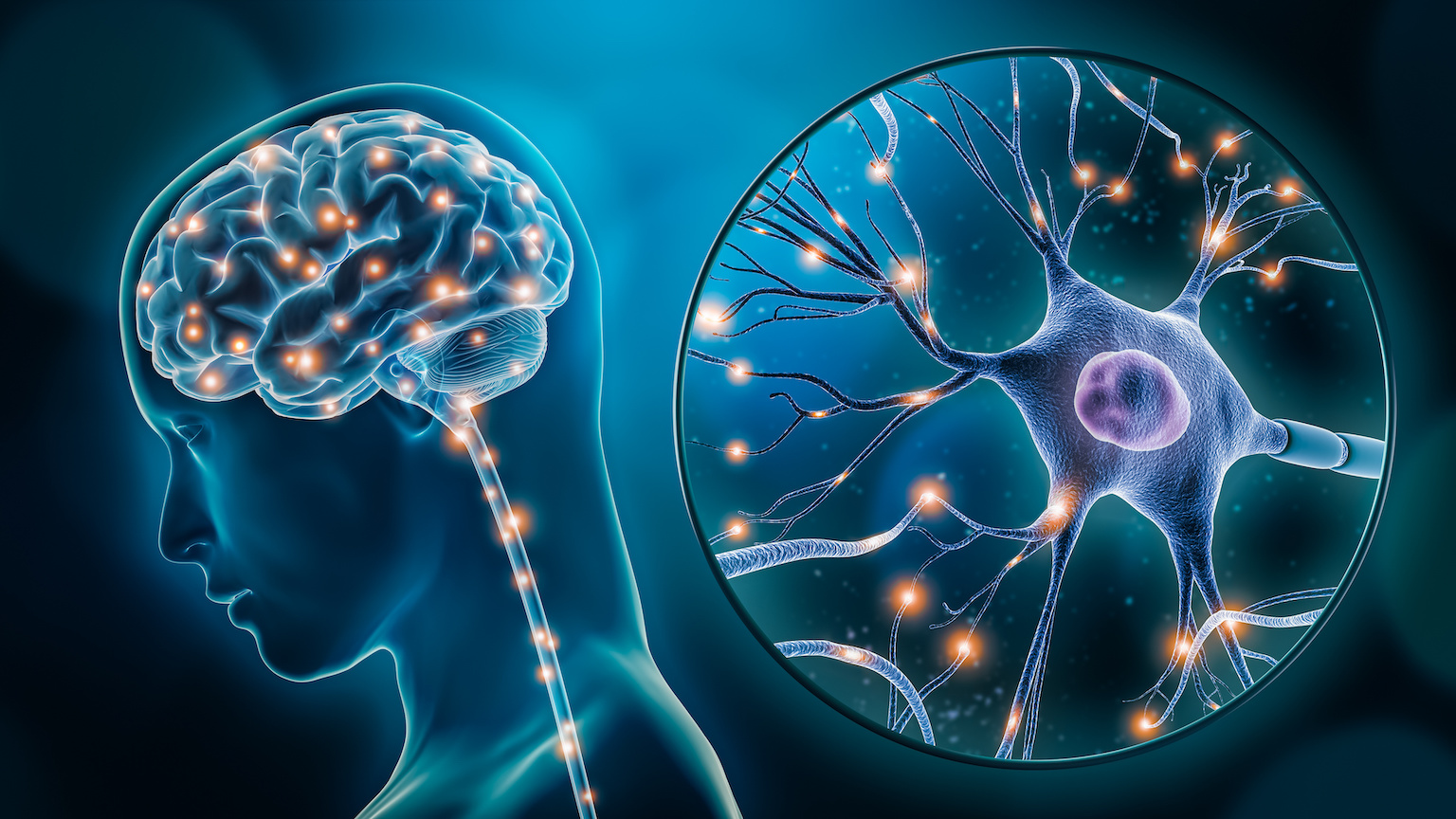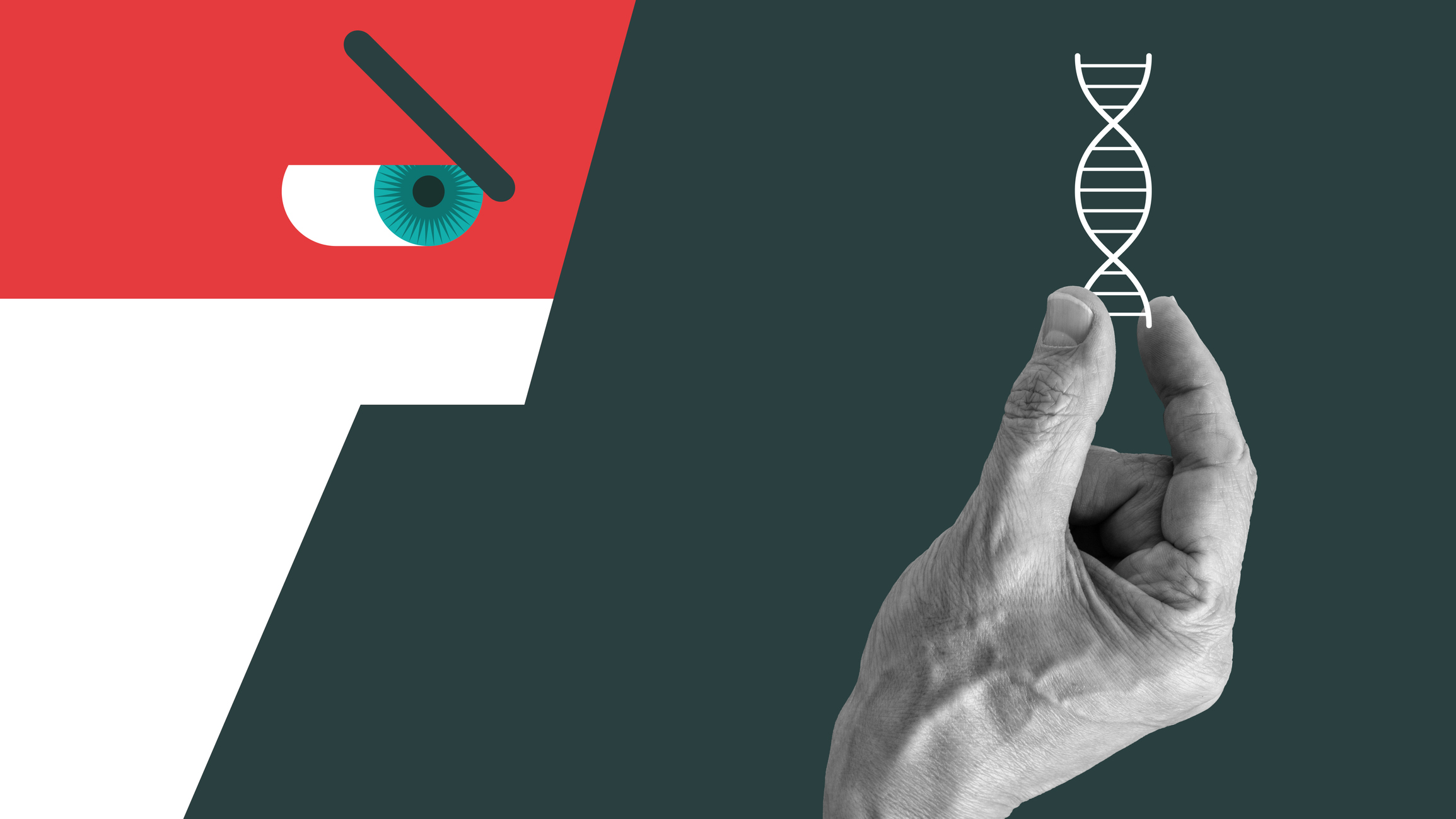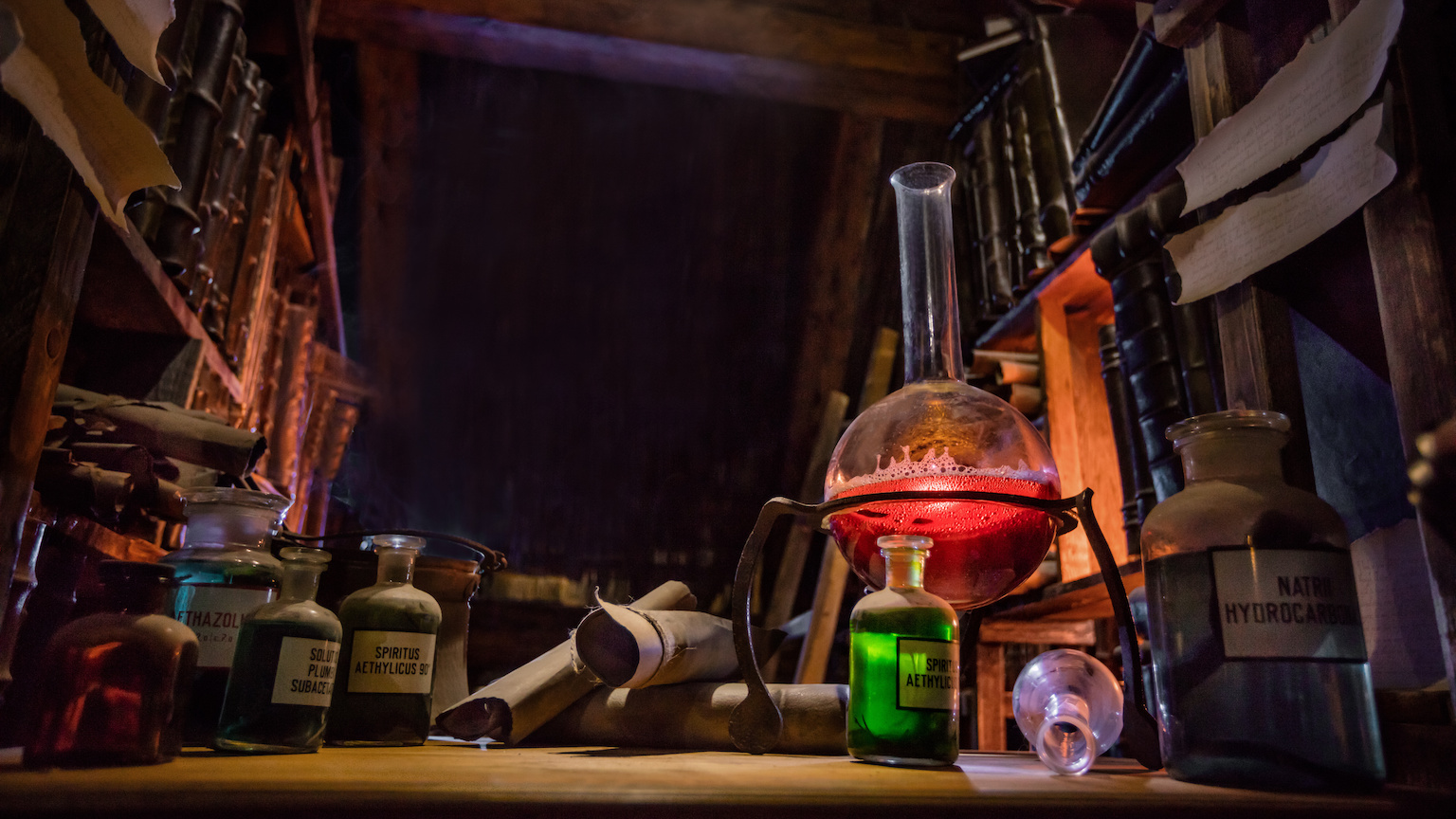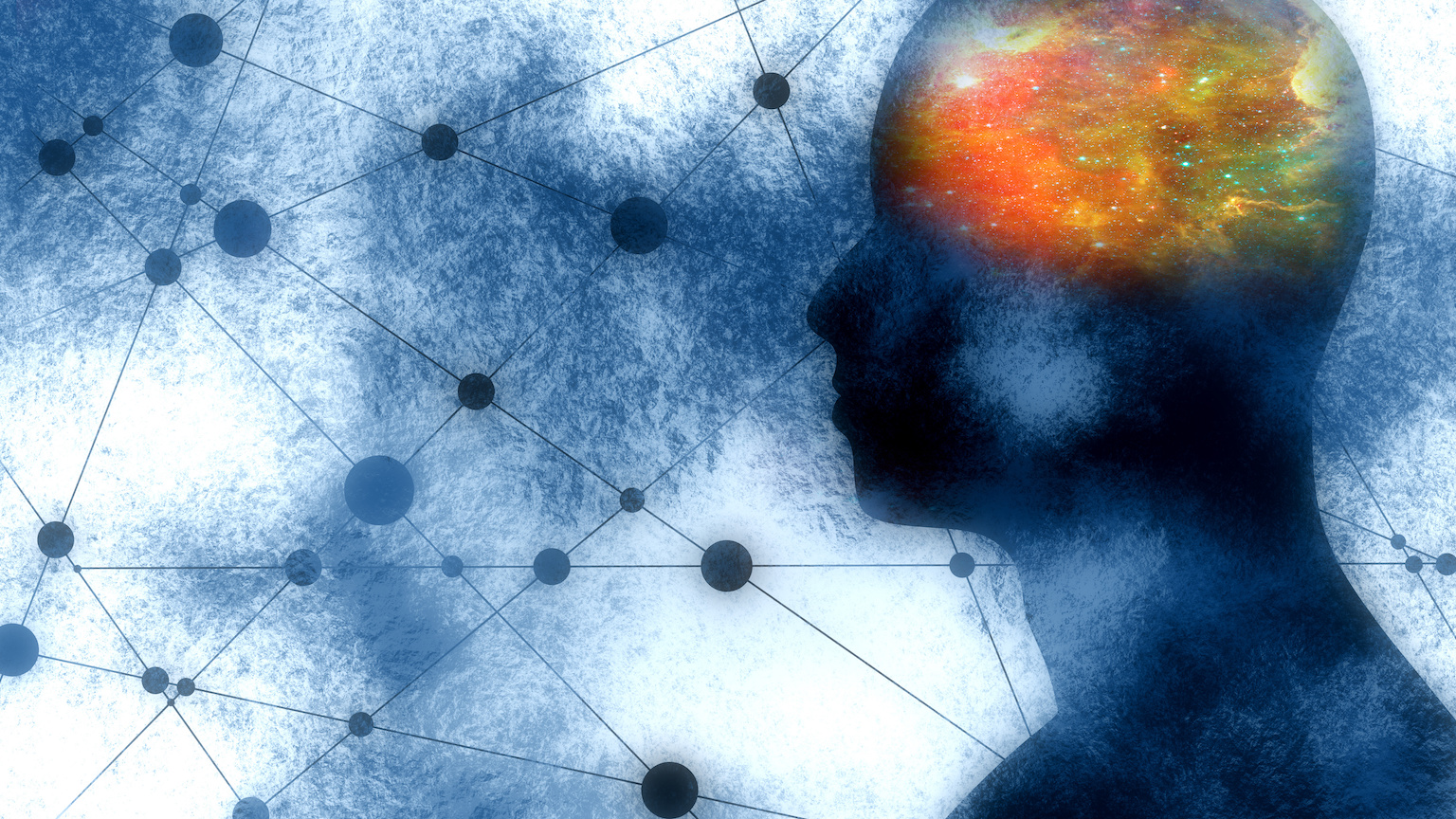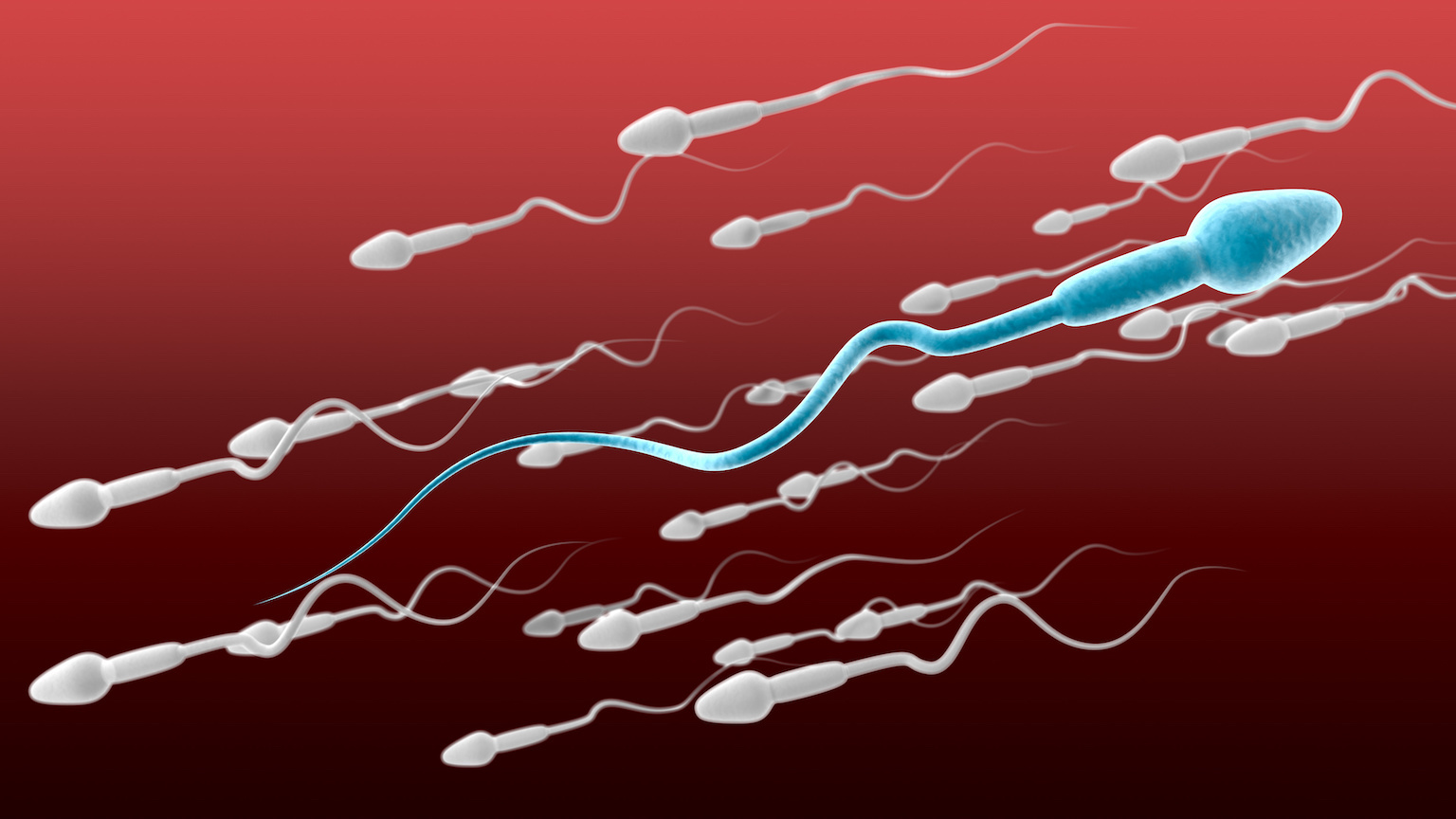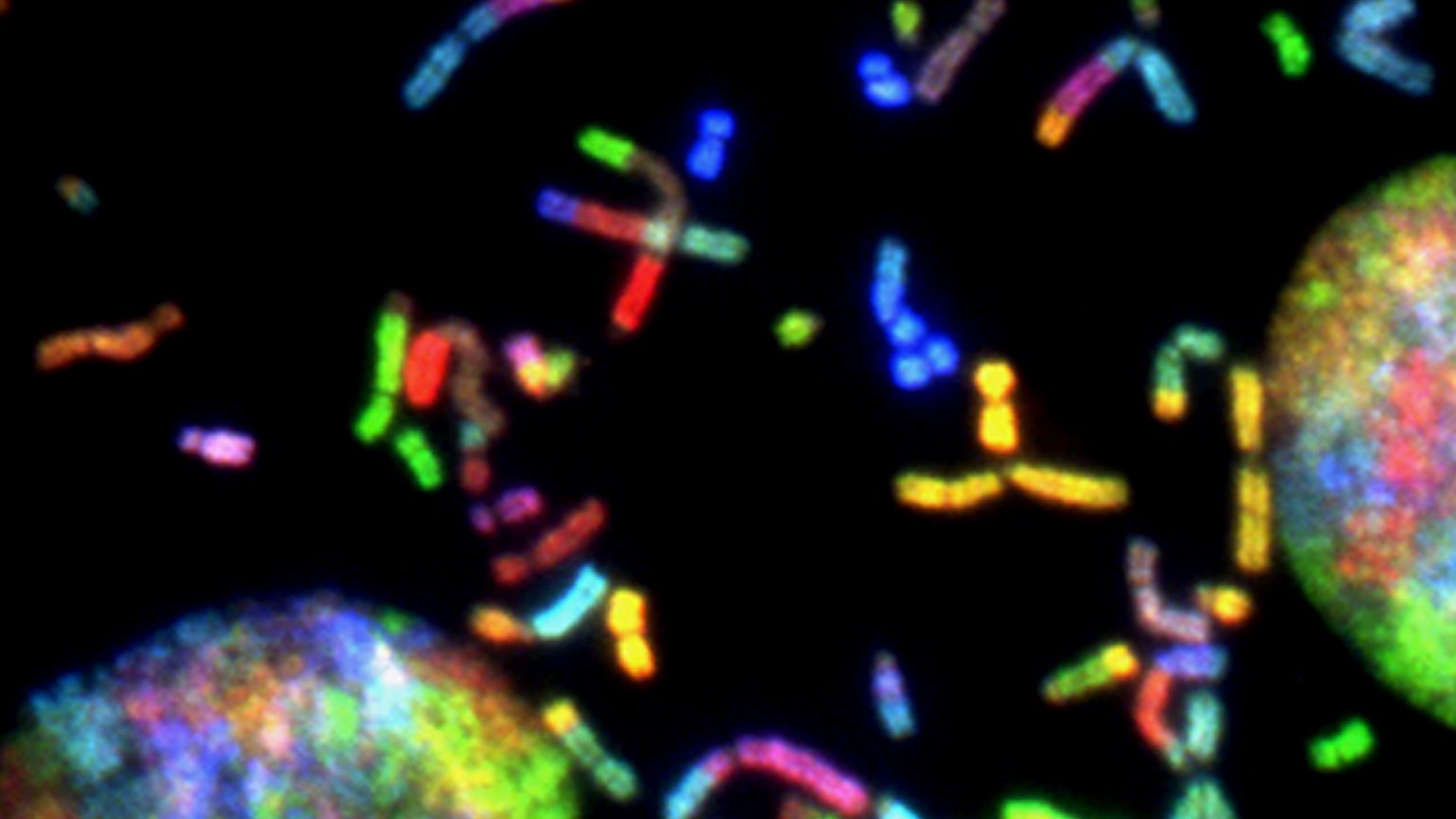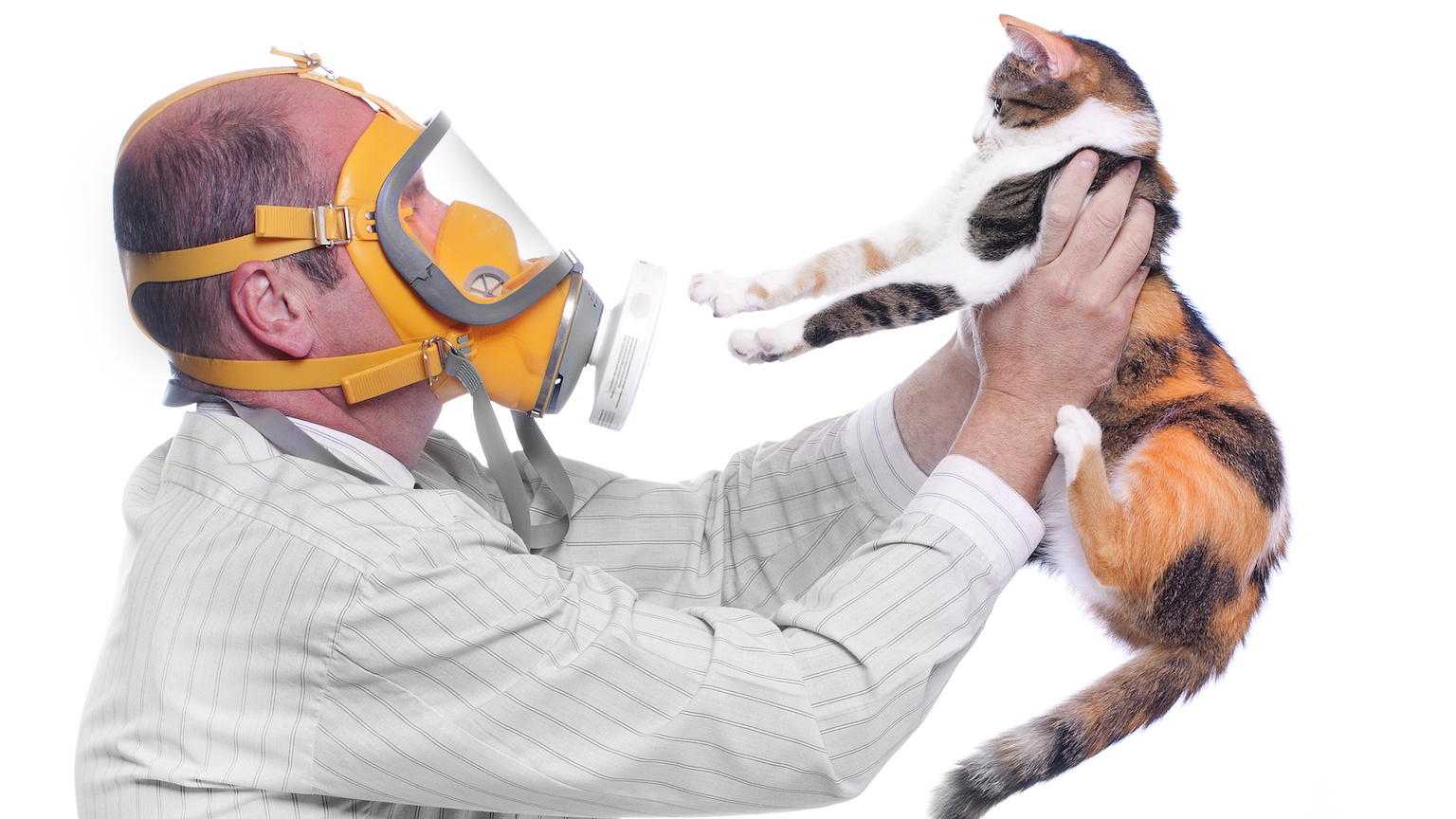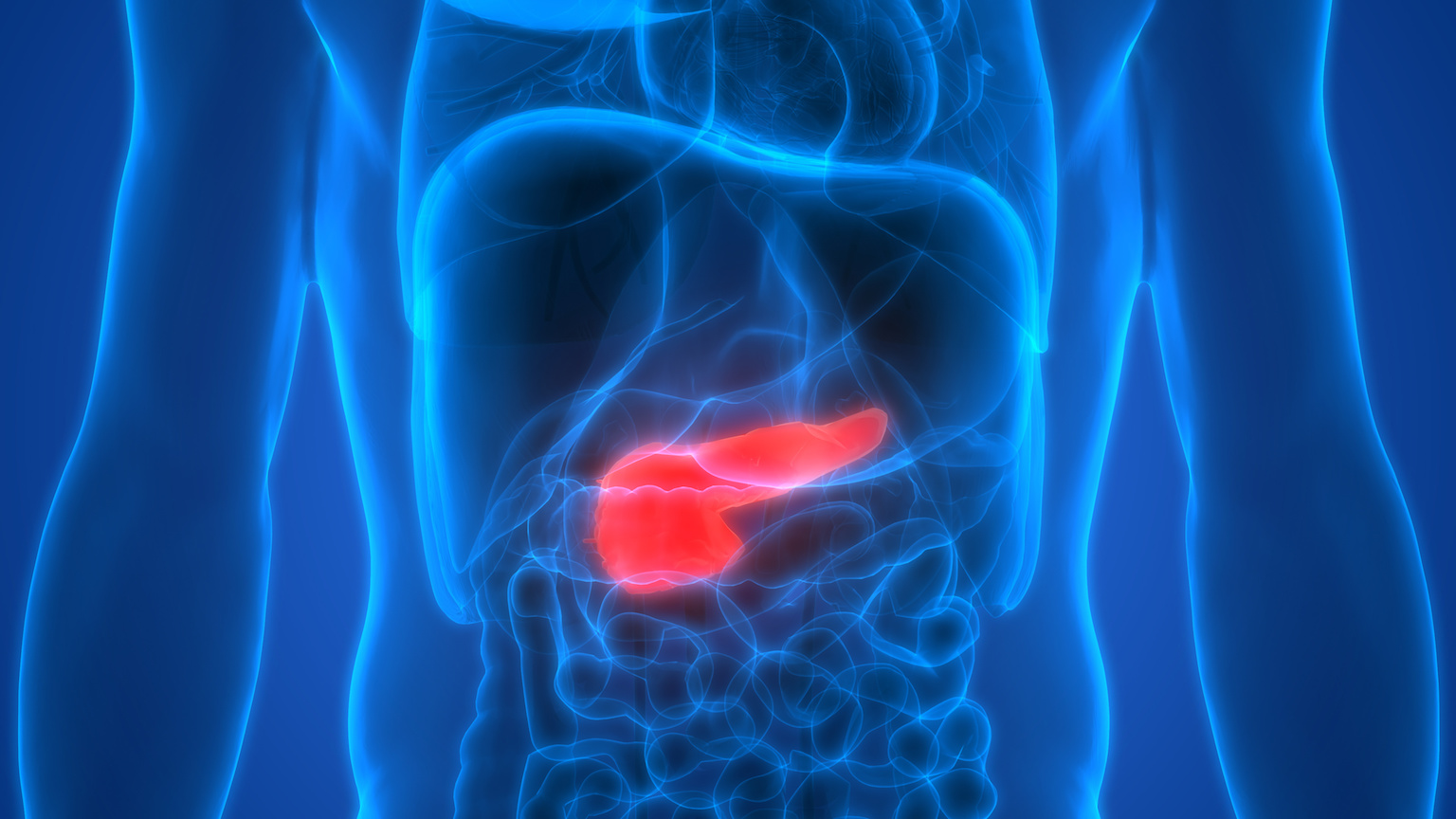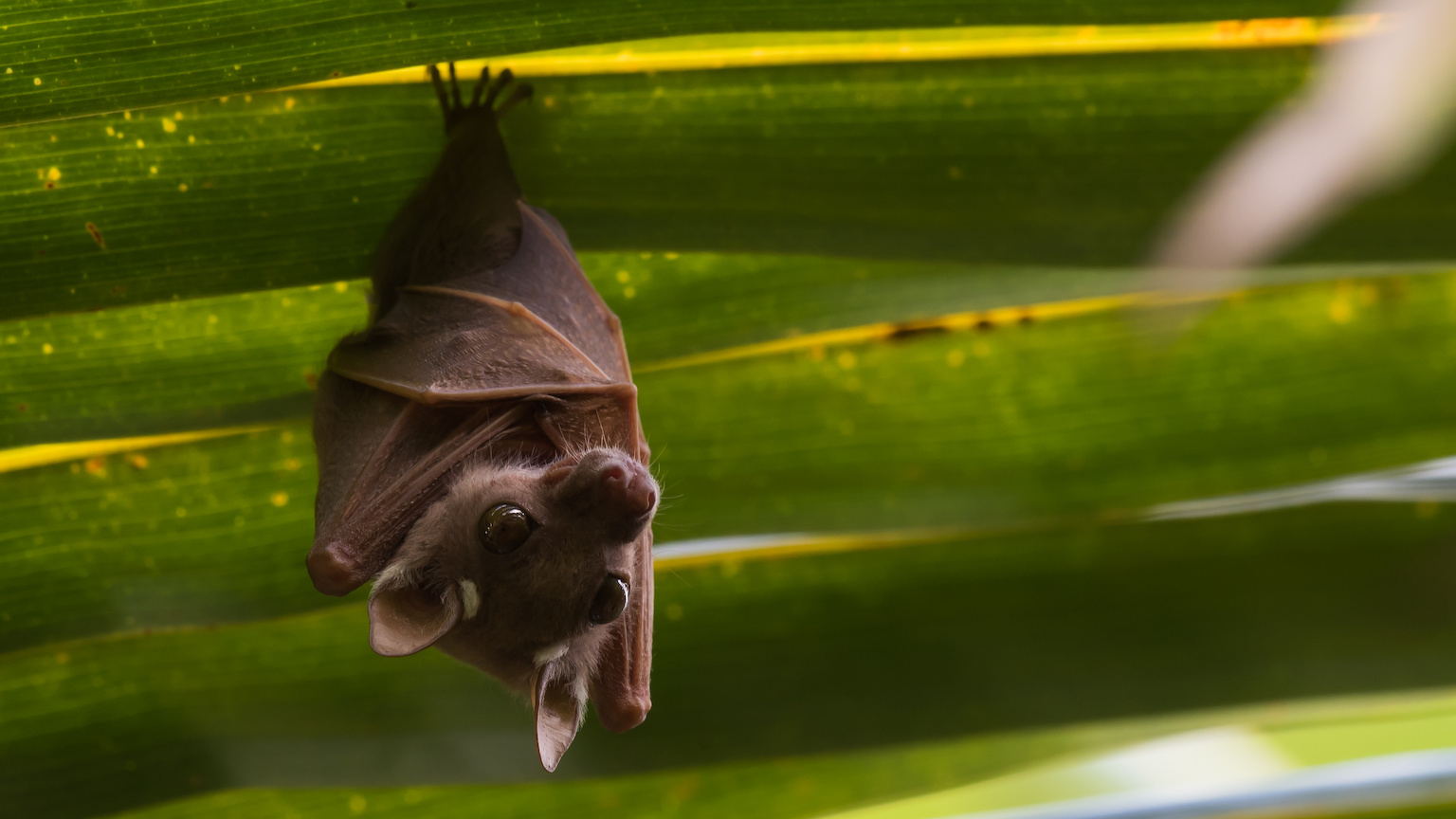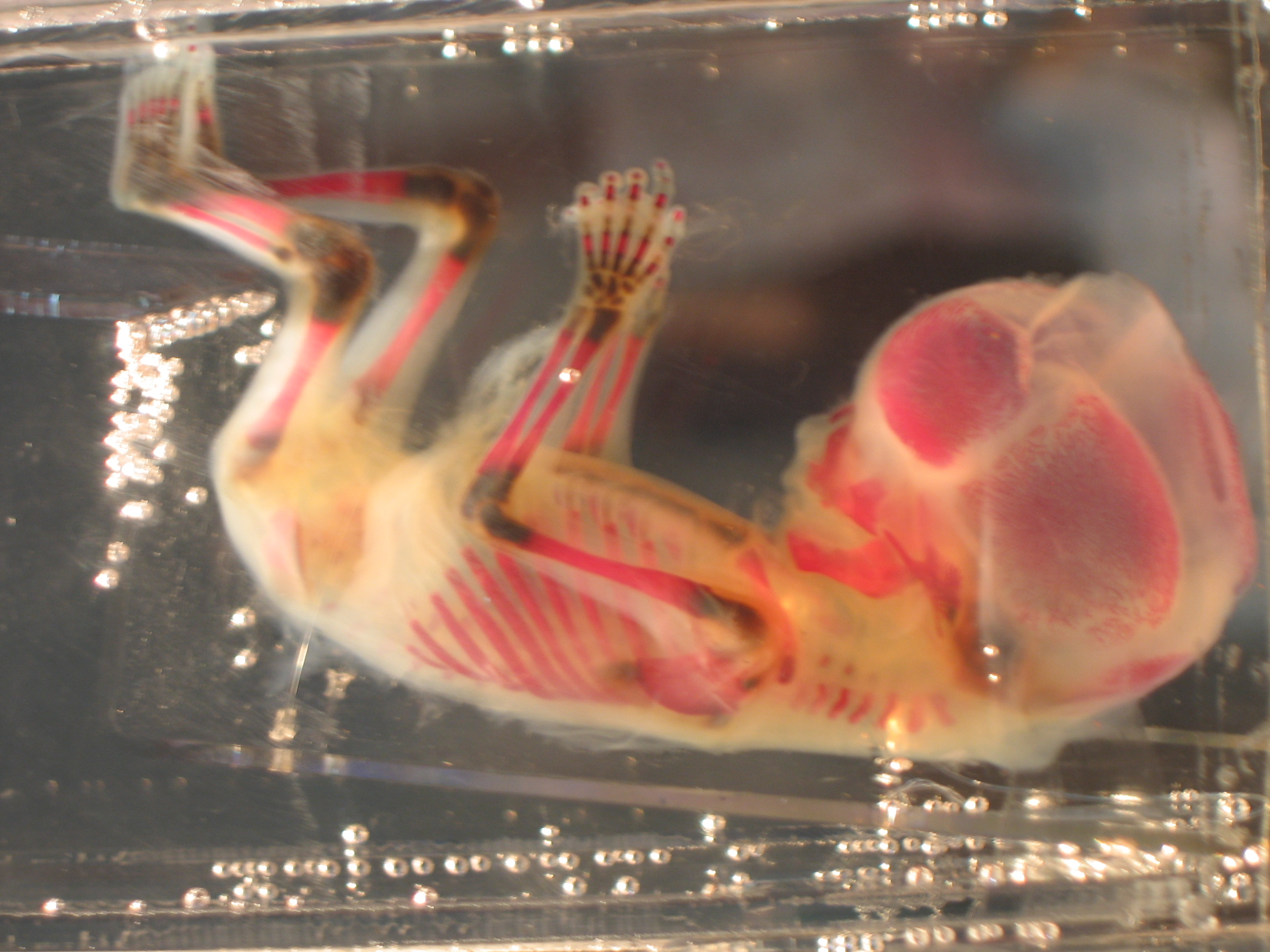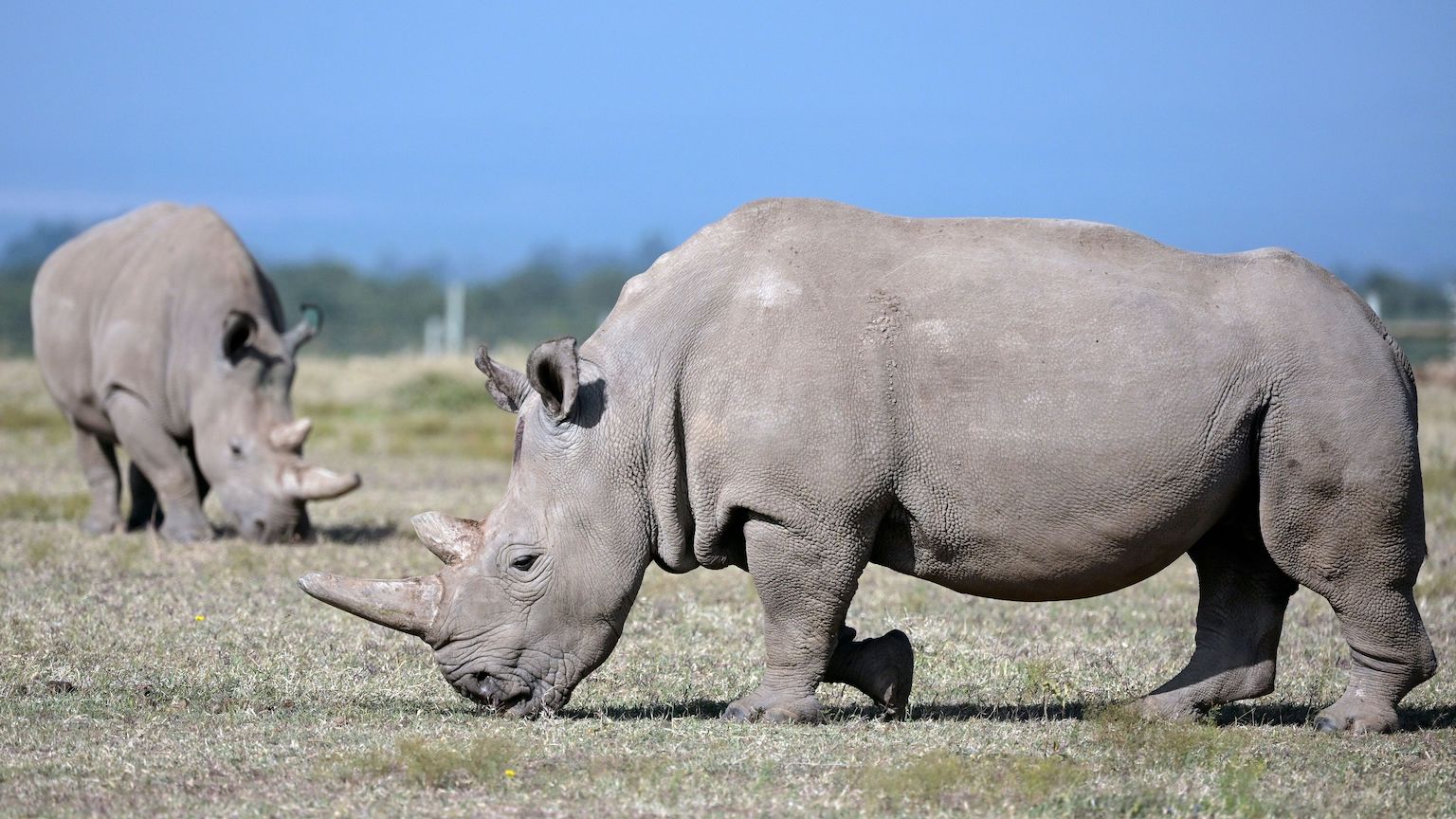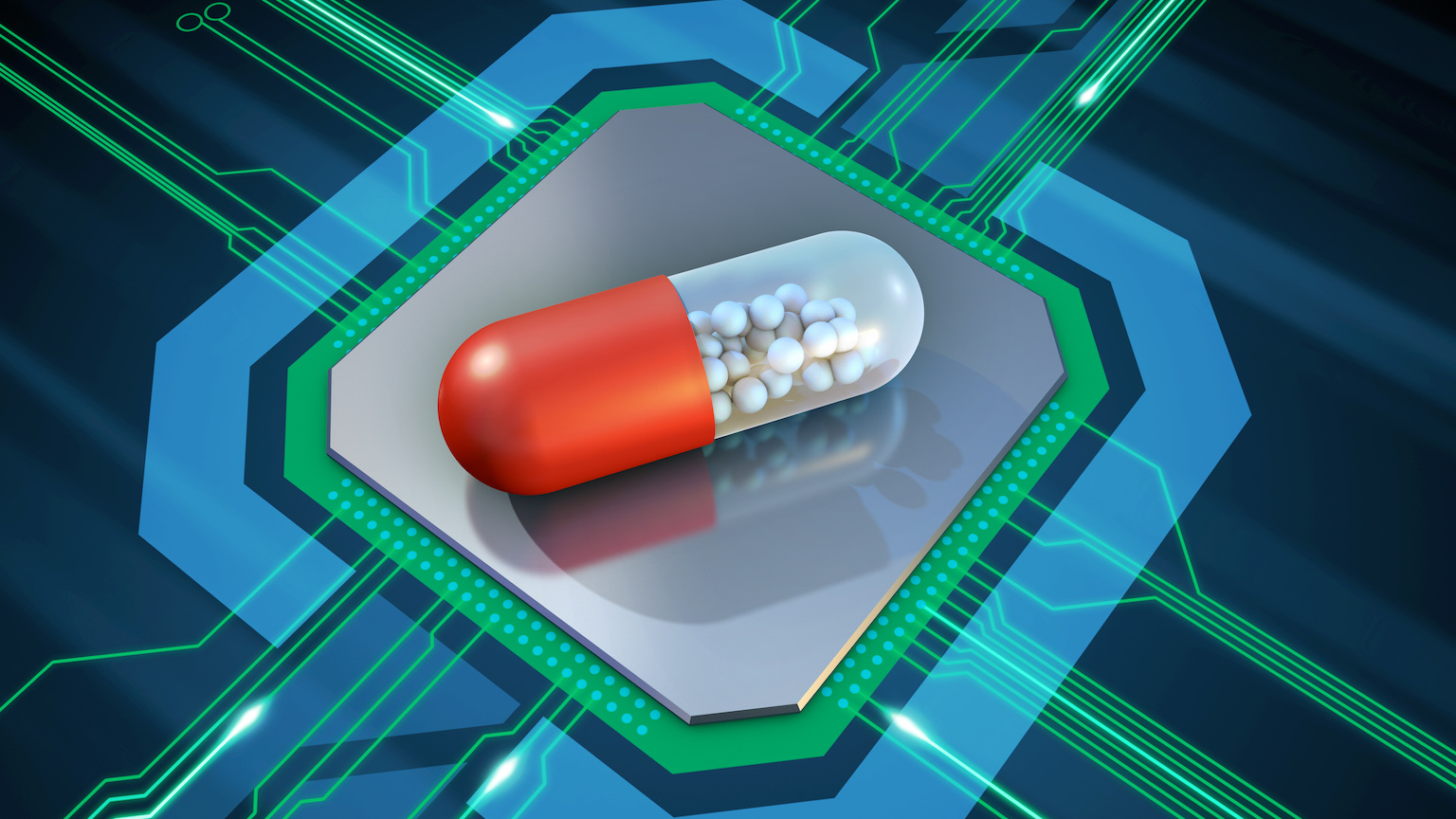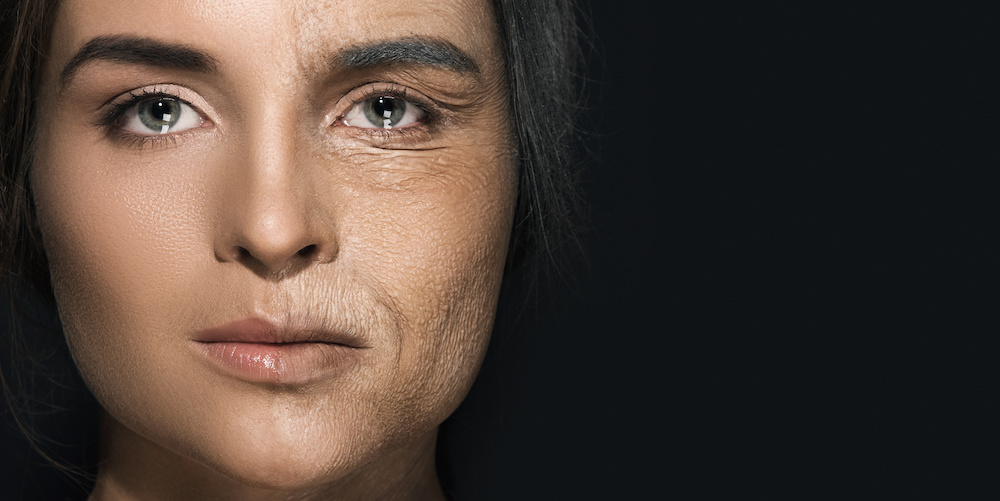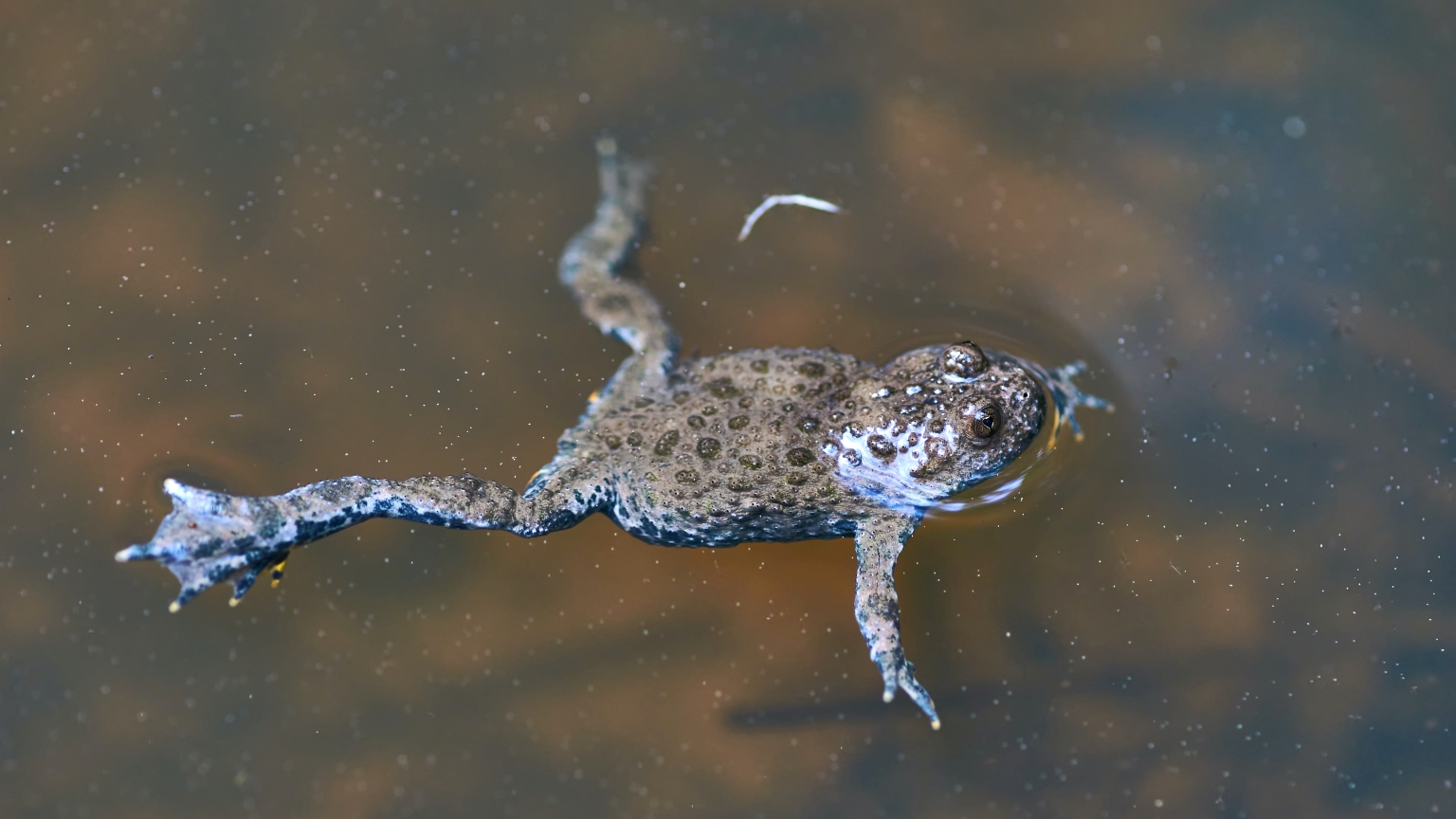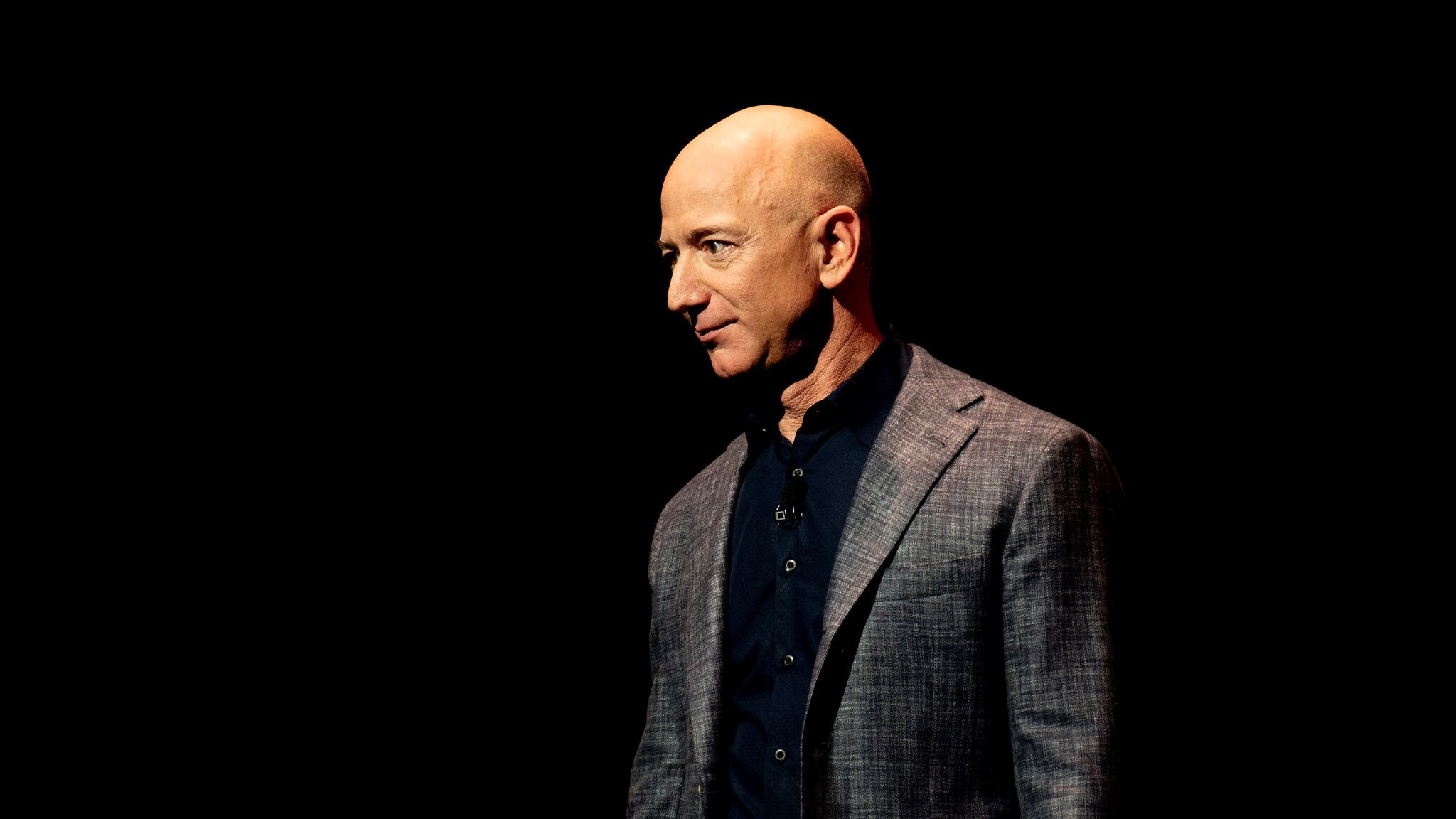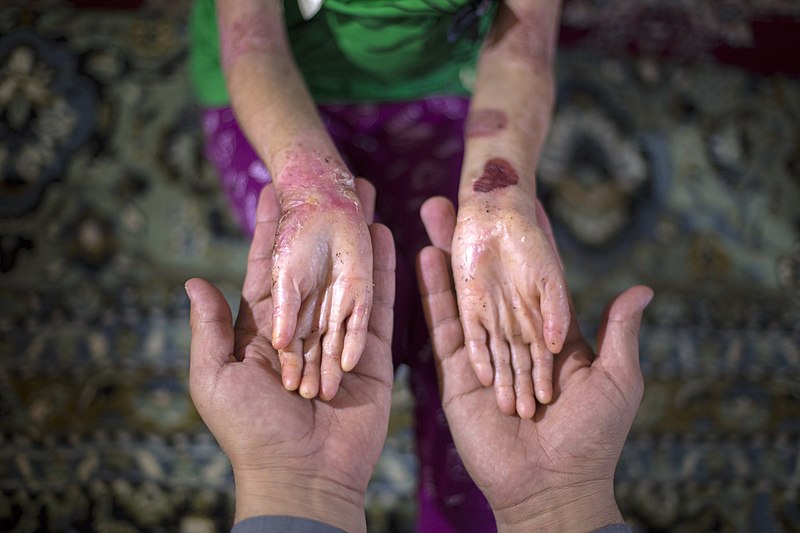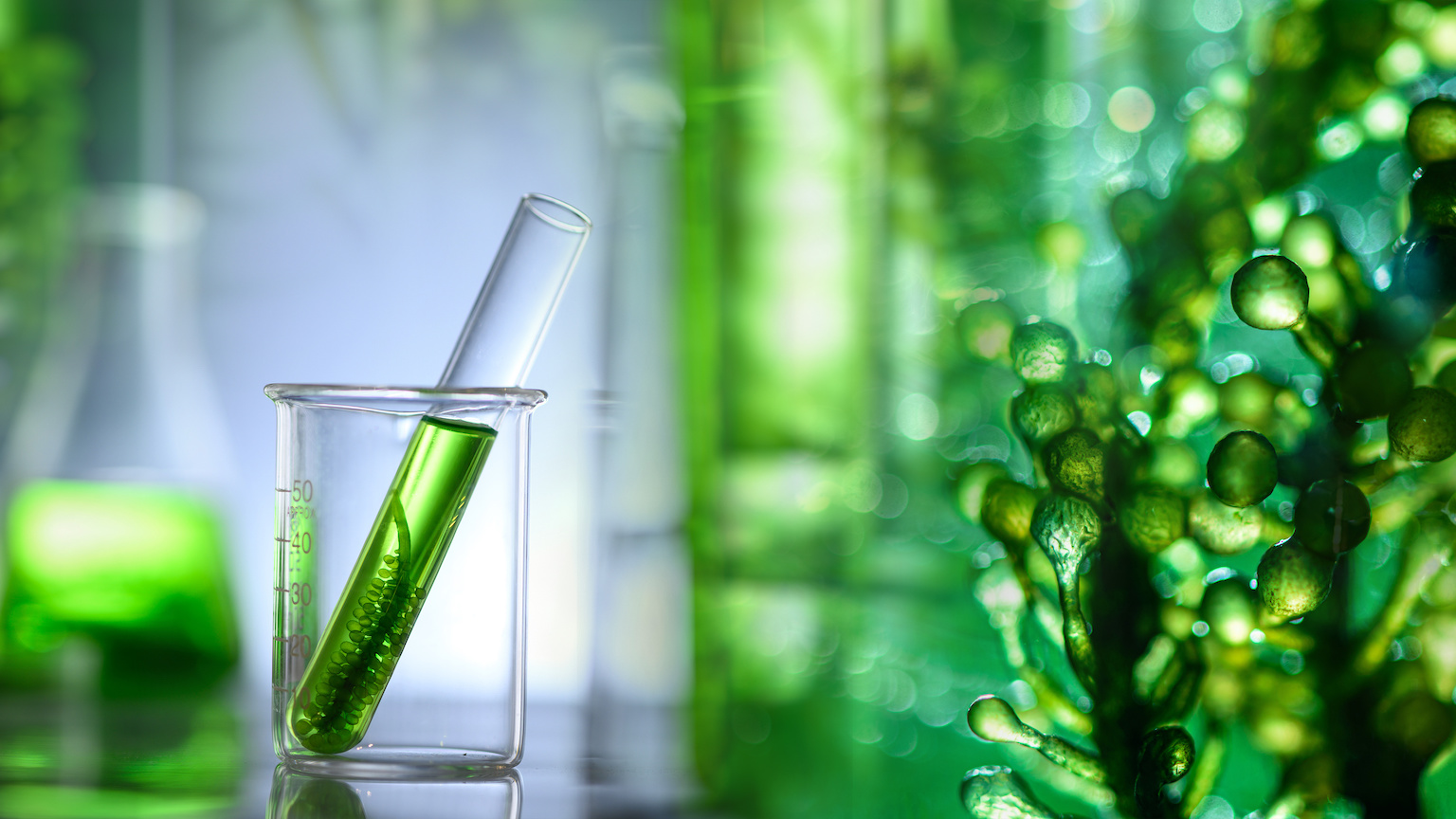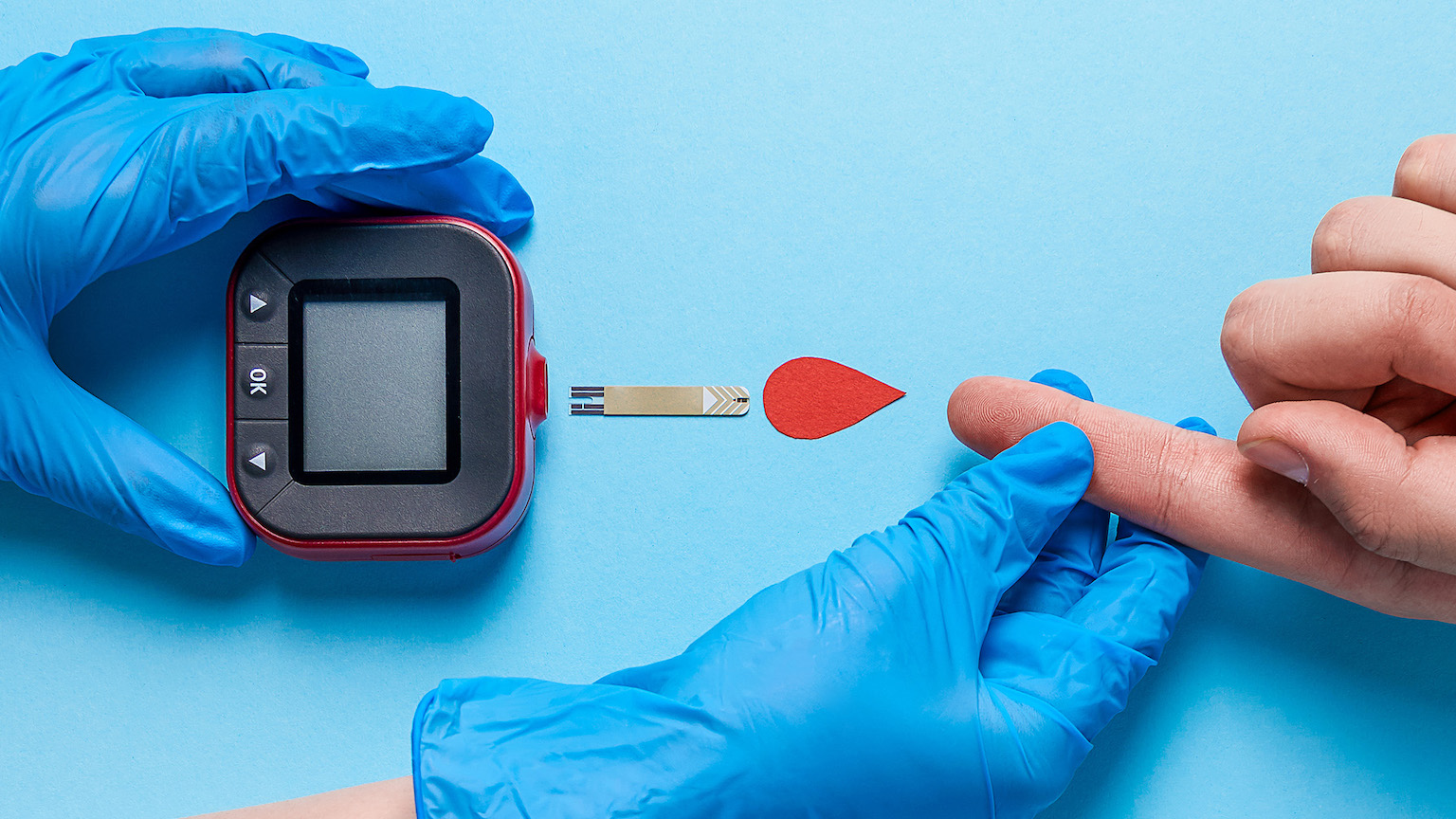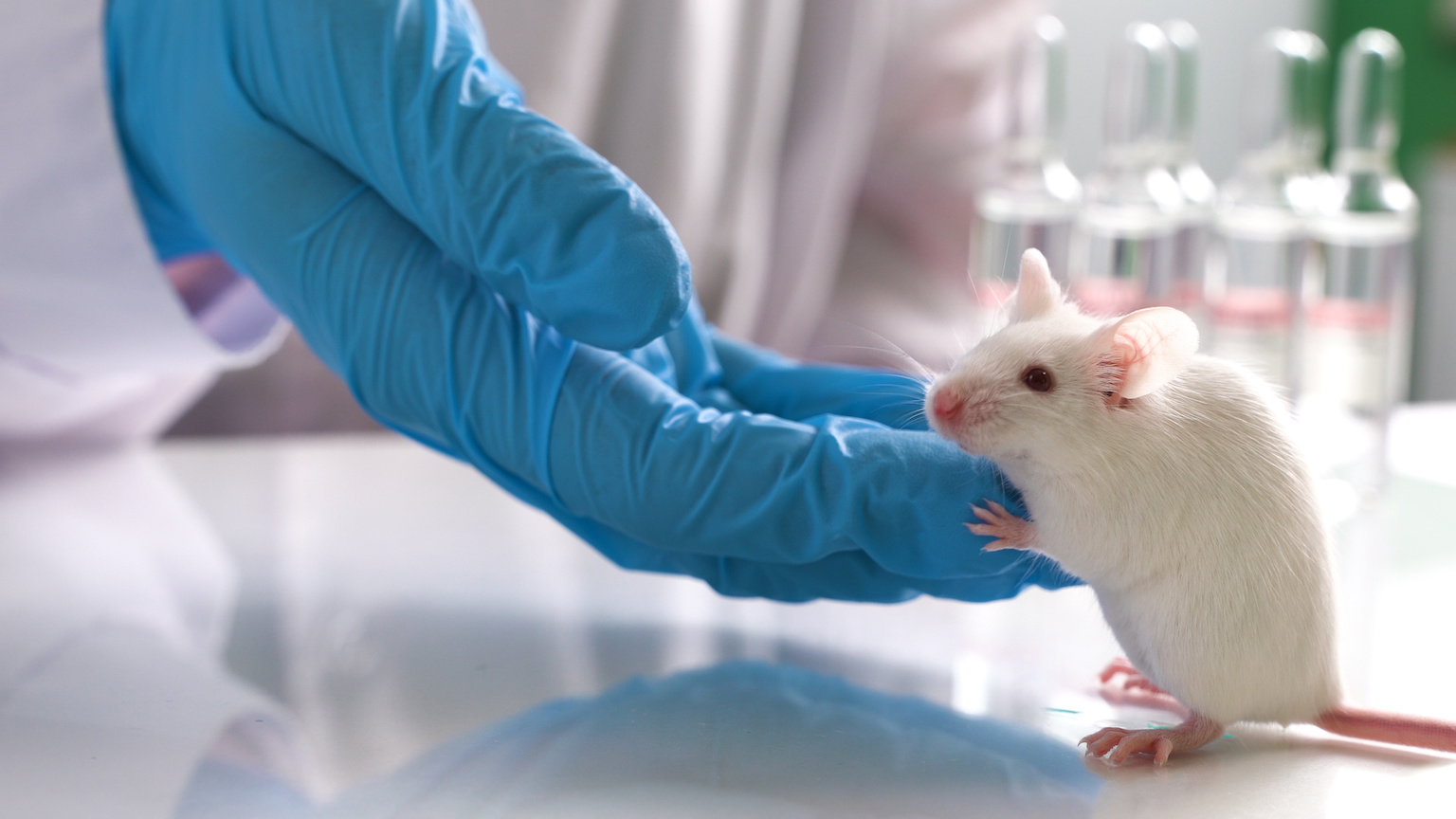biotech
It could permanently lower cholesterol — and permanently reduce your risk of having a heart attack.
A successful trial that tested a vaccine against bladder cancer in dogs could help develop a similar one for humans.
A “bio-battery” made from genetically engineered bacteria could store excess renewable energy and release it as needed.
For 40 years, scientists thought a specific gene was linked to aggression in hamsters. Removing it, however, had violent consequences.
“It’s a big resource in the way the human genome is a big resource, in that you can go in and do discovery-based research.”
Scientists have discovered enzymes from several plastic-eating bacteria. So, why are our oceans still full of plastic pollution?
Scientists found a way to revert pain in mice using gene therapy. Perhaps the same technique could be applied to humans.
How can the law keep up with new genetic technology?
Science has come a long way since Mary Shelley penned “Frankenstein.” But we still grapple with the same questions.
An experiment in rats suggests that gene editing may be a treatment for anxiety and alcoholism in adults who were exposed to binge-drinking in their adolescence.
After mammoth investments and two decades of anti-aging research, what do immortality proponents have to show for it?
A new, easy-to-use, $5-device helps address male infertility. It isolates healthy sperm cells based on their natural behavior.
The Human Genome Project put together 92% of our DNA blueprint. Here’s what it took to complete the rest.
The results of a recent study found that genetically engineering cats could be a solution to eliminating cat allergies.
Most cities reeked of death, defecation, and industrial waste. Still, focusing only on stench means turning a blind eye (or nose) to the many other smells that helped shape human history.
If future studies prove it to be successful, this technique for the early detection of pancreatic cancer could save thousands of lives.
More than 200 years ago, scientists tried to figure out how bats navigate in the dark (or without eyes). This set in motion a series of events that led to the development of ultrasound as a form of psychotherapy.
Could we all attain this superpower?
Every year, scientists like George Church get better at editing the genomes of human beings. But will genome editing help or hurt us?
Scientists at the San Diego Zoo are on a mission to resurrect the extinct northern white rhino.
Edible electronics, devices that can be broken down and digested, could perform many useful functions inside the body.
Altos Labs, a new biotech firm with $3 billion in funding, has announced plans to combat aging. But what does that mean for human life span, exactly?
Scientists looked for ways to trigger the “build whatever normally was here” signal for cells at the site of a wound.
Altos Labs is an ambitious new anti-aging company with billions of dollars to back it up.
A boy in Germany seems to be the first person to be cured of a rare and painful skin condition commonly called “butterfly disease.”
The book “The Genesis Machine” outlines the promise and peril of synthetic biology, a powerful tool that will allow us to program life like a computer.
Coupled with 3D printing, biomining the Moon or Mars with microbes could sustain human colonies without constant re-supply from Earth.
One patient’s surprising results have experts cautiously optimistic.
The scientists are headed “straight to the FDA” to begin human trials.
